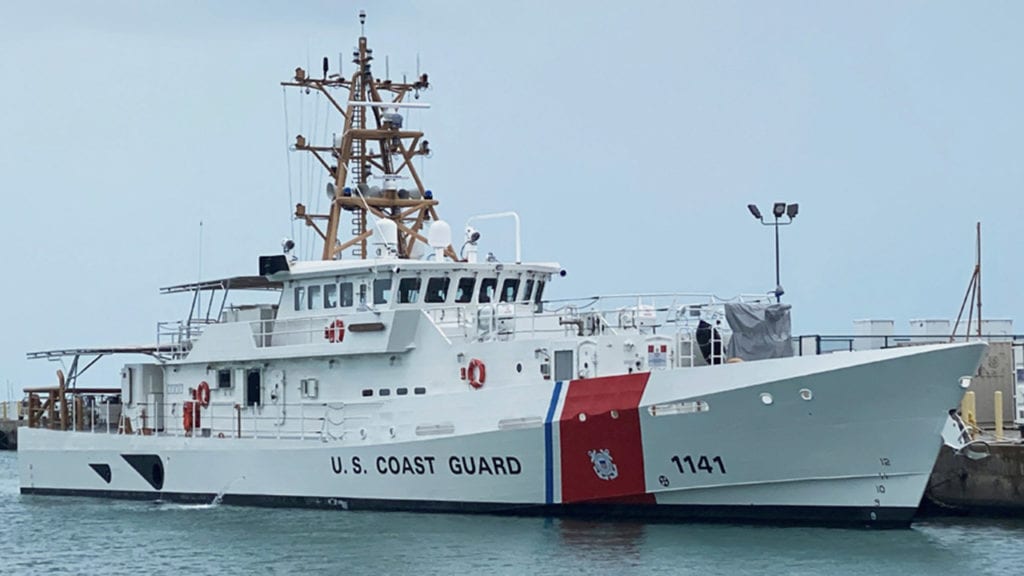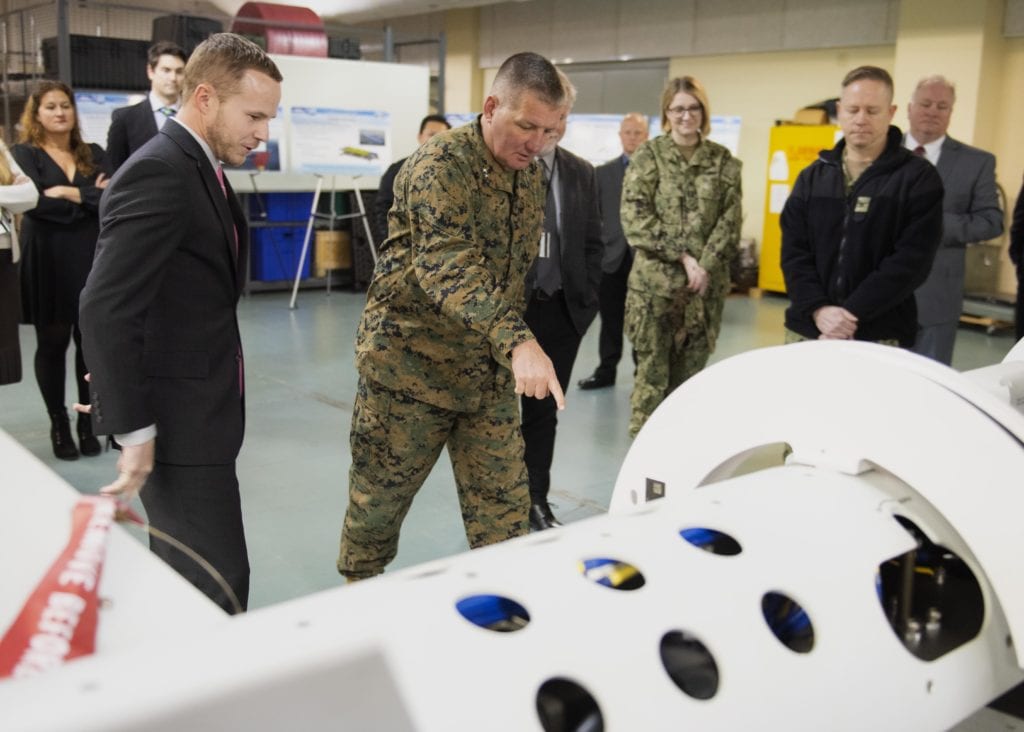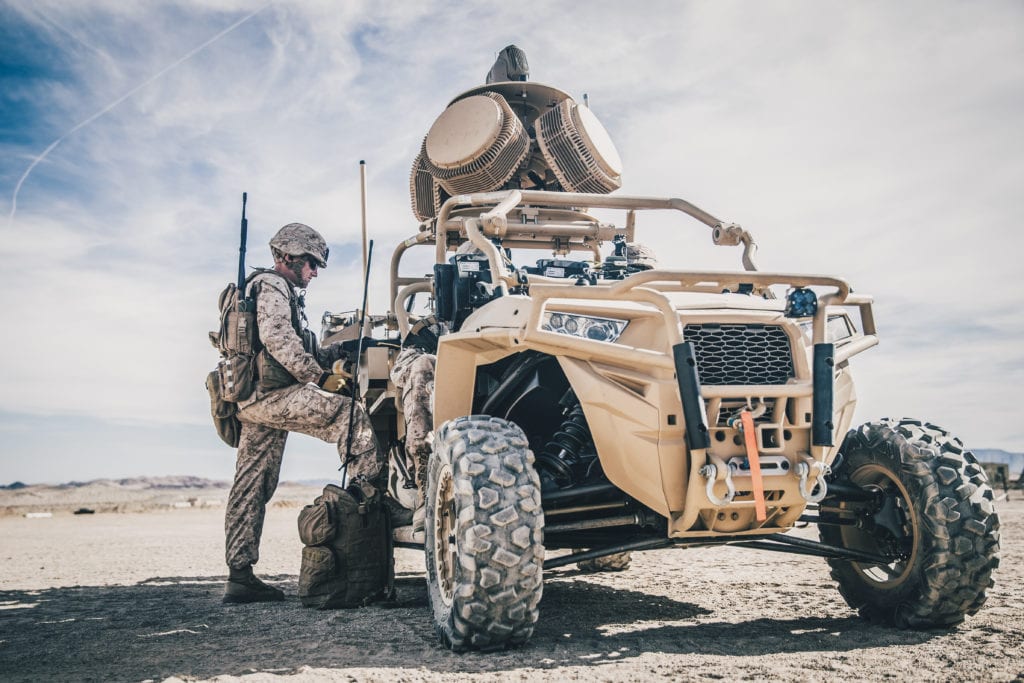Coast Guard Brings Unique Authorities, Capabilities to Tri-Services Maritime Strategy, Commandant Says

ARLINGTON, Va. — The U.S. Coast Guard will bring a less militaristic face to the persistent global presence of U.S. naval power outlined in the new Tri-Service Maritime Strategy, the Coast Guard’s commandant says.
The strategy, unveiled in mid-December, seeks an integrated, all-domain naval power consisting of the U.S. Navy, Marine Corps and Coast Guard, that will maintain freedom of navigation globally, defend the homeland and “prevail across a continuum of competition — composed of interactions with other nations from cooperation to conflict.”
The Tri-Services strategy focuses on an emerging China and resurgent Russia as “the most significant threats” to the rules-based international system that existed since the end of World War II.
“The Coast Guard is poised today, more than ever, to seamlessly integrate into our nation’s joint maritime naval force, as captured in this document,” Adm. Karl L. Schultz, the Coast Guard’s commandant, said Jan. 13 at the Surface Navy Association’s Virtual Symposium.
With its unique law enforcement and military authorities, multi-mission capabilities, wealth of multilateral and bilateral agreements and partnerships, the Coast Guard has unfettered access to the global commons, he added, making the agency “a perfect complement to the lethality of the Navy and Marine Corps. And united, we bring a range of maritime capabilities to employ across the cooperation, competition, lethality continuum.”
The Coast Guard operates generally below the level of conflict or lethality and that’s the bridge between “State Department diplomacy and Defense Department lethality,” Schultz said. “Coast Guards offer a less militaristic face of state power in disputed maritime areas. They present options. They’re like Swiss Army Knives,” he said.
Other maritime nations have also recognized the agility and capability of their coast guards to operate along this continuum below lethality, Schultz said. Between 2010 and 2016, China increased the tonnage of its Coast Guard by 73% percent, and Japan did so by 50%, he said, citing RAND Corp. research.
While the U.S. Coast Guard is part of the Department of Homeland Security, charged with law enforcement at sea, fisheries protection, marine safety and maritime security, the tri-service strategy noted Navy and Coast Guard ships conduct freedom of navigation operations globally, challenging excessive and illegal maritime claims. Coast Guard cutters and law enforcement detachments aboard Navy and allied ships exercise unique authorities to counter terrorism, weapons proliferation, transnational crime and piracy, the strategy document stated.
Coast Guard cutters have supported all six combatant commands from Indo-Pacific Command to Africa Command, Schultz said, noting the next commissioned Fast Response Cutter will be the first of that class sent to Bahrain. “We’ve been operating in that theater since 2003 and we will bring additional capabilities and additional capacity with these new cutters,” he said.
The Coast Guard’s fleet modernization, including acquisition of the Offshore Patrol Cutter, Polar Security Cutter, Arctic Security Cutter and Waterways Commerce Cutter, will provide the capacity and capabilities necessary to facilitate advancing maritime governance and protecting U.S. maritime sovereignty, according to the strategy document.









